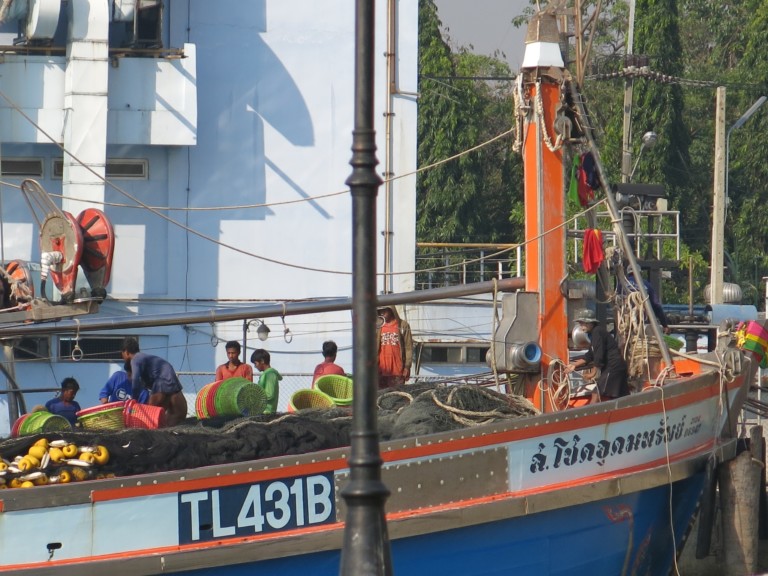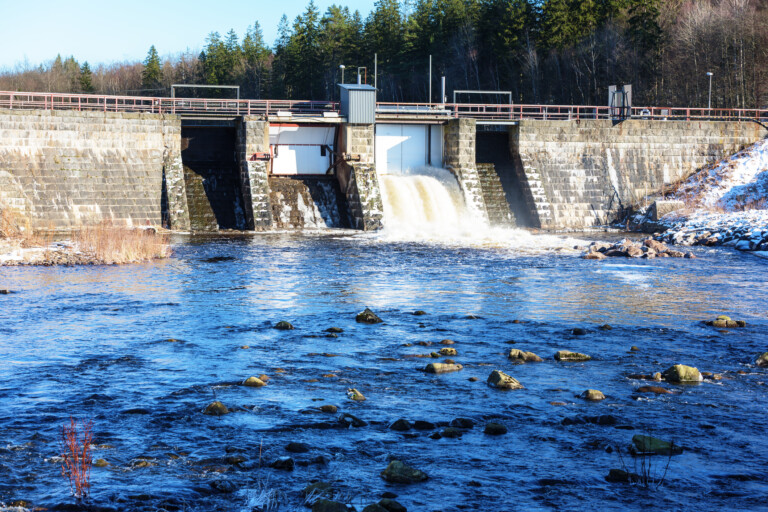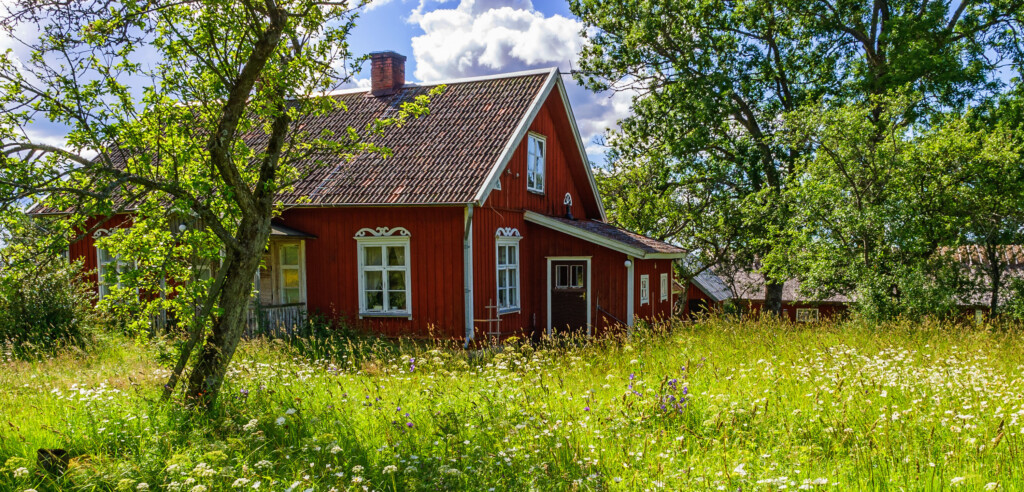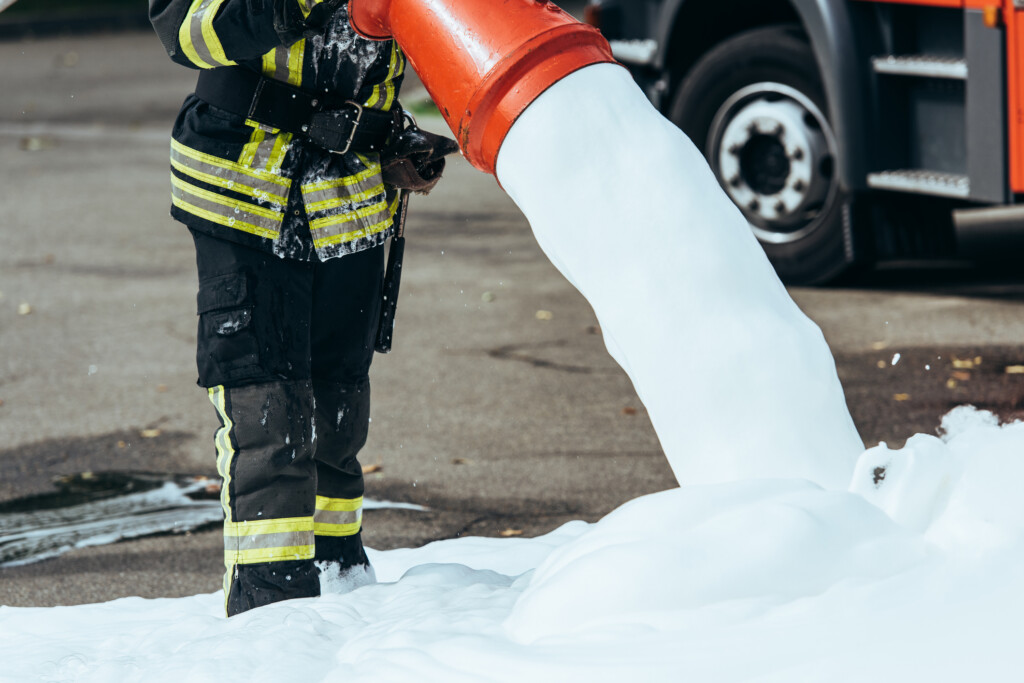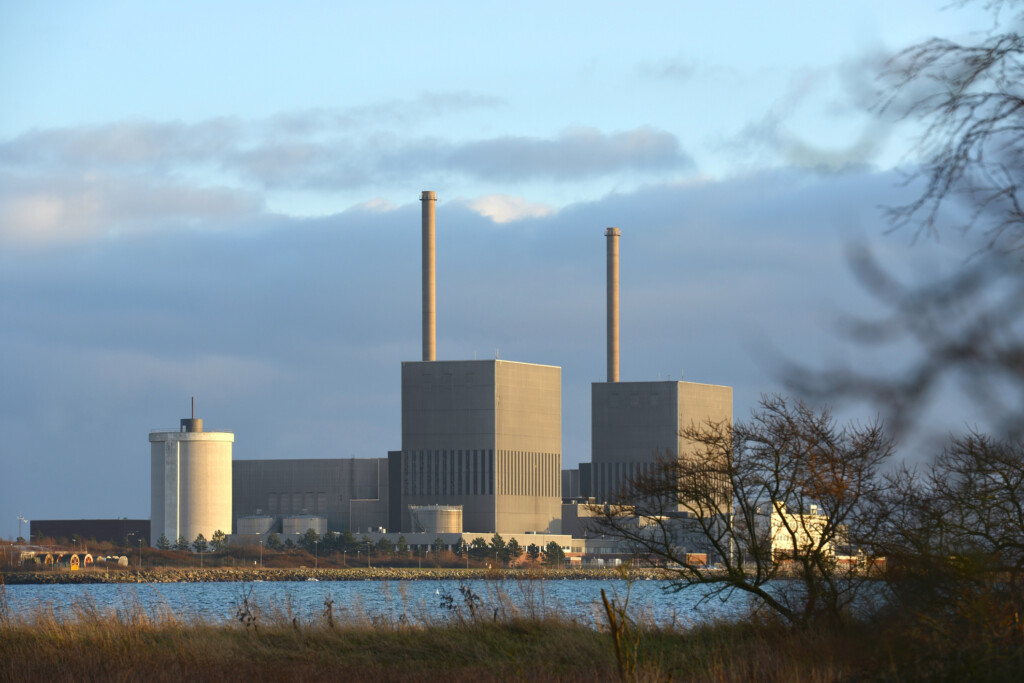Food & agriculture
“Big money is being invested in wetlands – without thinking about follow-up”
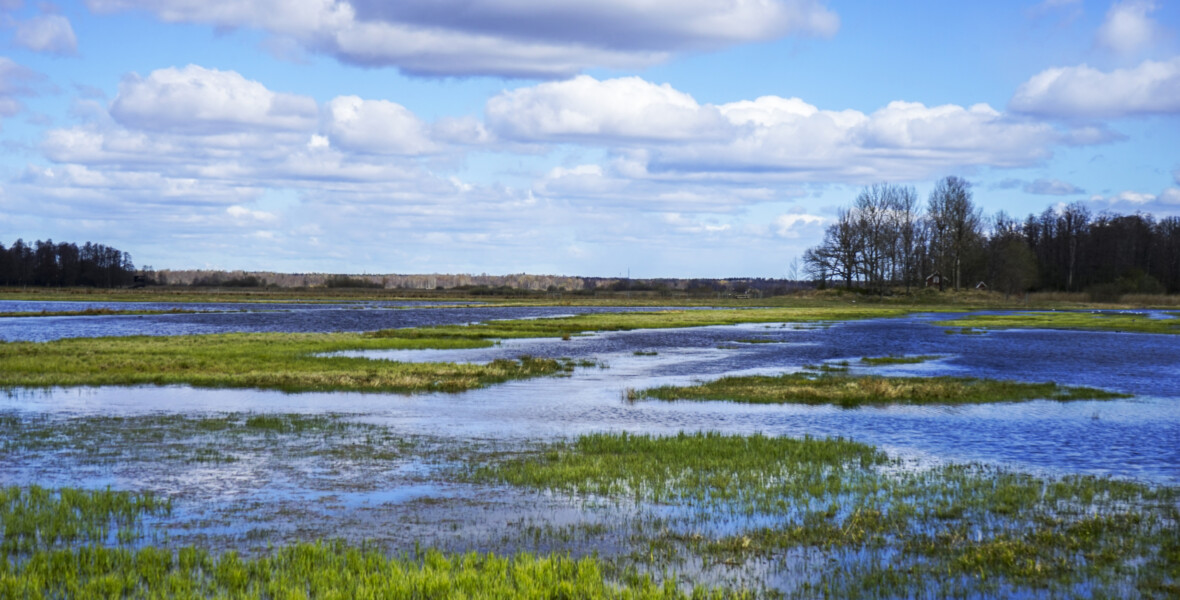
Throughout Sweden, wetlands are being restored with the hope of increasing biodiversity, sequestering carbon and reducing eutrophication. But what do we really know about the effects of wetland restoration?
Prenumerera på Extrakts nyhetsbrev!
Läs mer
Håll dig uppdaterad! Få kunskapen, idéerna och de nya lösningarna för ett hållbart samhälle.
Personal data is stored only for the mailing of Extrakt newsletters and information related to Extrakt’s operations. You can cancel the newsletter at any time, which means you will no longer receive any emails from us
“We see that groundwater levels are rising, which also has other positive effects on the environment,” says Hjalmar Laudon, professor at the Swedish University of Agricultural Sciences. “But there is basically no real follow-up of wetland restoration projects today, so we actually know very little.”
Perhaps it was during the dry summer of 2018, when we were hit by the huge forest fires, that wetlands began to appear on ordinary people’s radar, Laudon suggests.
That’s when it also hit us that there is not enough water in the landscape – the drought heightened the risk of fires, but we struggled to find enough water to put out the fires. Since then, both the previous and current governments have invested many hundreds of millions of kronor in restoring drained wetlands.
“The most basic measurement you can do when restoring a wetland is to look at the effects of the groundwater level, both before and after the restoration,” Laudon says. “Wetlands provide many ecosystem services, but groundwater is the actual basis of wetlands. Biodiversity and carbon sequestration depend on the groundwater.”
Laudon is one of the authors behind a new research review from Formas on how groundwater levels are affected during wetland drainage and restoration.
Few studies were useful
The Swedish landscape has been drained by humans over the course of several hundred years, mainly to create more cropland and increase forest production. According to a previous study by Laudon and his colleagues, over a million kilometres of ditches have been dug in Sweden. The drying-up has had major negative effects on the climate, as well as on biodiversity and water quality in lakes and streams.
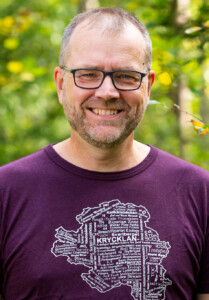
Today we know more about the great importance of wetlands, but our understanding of what happens when we try to restore them is still limited. Of the more than 11,000 scientific articles that Laudon and his co-authors reviewed, no more than 40 or so were relevant to Swedish conditions.
“It’s fascinating how many studies we first identified and how few were useful,” Laudon says. “I am amazed at how little we know about this, while the promises of the potential of restoration are enormous. Some scientists say that if the drained wetlands were restored, it would reduce climate emissions equivalent to all car traffic. It’s almost preposterous – there are few studies supporting this claim, and they have taken studies from a small system and scaled it up to the entire country on a flawed evidence base.”
Calls for better follow-up
He does not believe that society should wait for more research before restoring wetlands, but that we should demand better follow-up of the effects – and perhaps the easiest thing to analyse is in fact groundwater levels.
“It’s quite typical to initiate major programmes, and a lot of money is invested in restoration without thinking about thorough follow-ups. If we want to look at the potential consequences, we need to know what the conditions were like before.”
The impact of wetlands on groundwater and their effects are a key issue for several government agencies: carbon storage and biodiversity for the Swedish Environmental Protection Agency and the Swedish Forest Agency, drinking water for the Geological Survey of Sweden, and eutrophication and brownification of lakes and watercourses for the Swedish Agency for Marine and Water Management. This offers a picture of how important the question of wetlands is – as well as how fragmented it is.
“This question is one that easily falls between the cracks. Different agencies have different perspectives, but who has oversight?”
Finland ahead of the rest
In reviewing the international studies on wetland restoration, Finland was one of the countries that stood out. Because Finland’s major wetland draining took place later than in Sweden, machines were used to a greater extent – the trenches dug in Finland are generally deeper and dug in a more methodical pattern. One step the country has taken is to look at how alternative forest management practices like continuous cover forestry affect wetlands.
“It’s a bigger environmental problem there than it is here in Sweden,” Laudon says. “They seem to have progressed further in the discussion about how to manage the older ditches, and have taken a more research-based approach to the issue.”
The main conclusion he draws from his research review is that wetland restoration projects matter, even if the effects are mainly local.
“It all comes back to the general question: how much water did we get rid of when we drained the landscape and how much can we get back if we restore it? Through restoration, locally we can get groundwater levels back to something similar to original conditions, even if we don’t know what these were.”
Report on the impact of wetlands on groundwater levels
• The report Effects on groundwater storage of restoring, constructing or draining wetlands in temperate and boreal climates (in Swedish) is a systematic review of studies that have measured groundwater levels during wetland drainage or restoration.
• When wetlands are restored, the ditches once dug are usually filled up with natural material from the site.
• The studies show that the groundwater level is raised an average of 16-28 centimetres near the ditches.
• The effects on groundwater are rapidly reduced with distance from the filled ditch. After about 20 metres, the effect is negligible.
• The restoration effect varies significantly depending on the type of wetland.
• The authors call for more research, in particular on wetlands adjacent to sandy soils.

